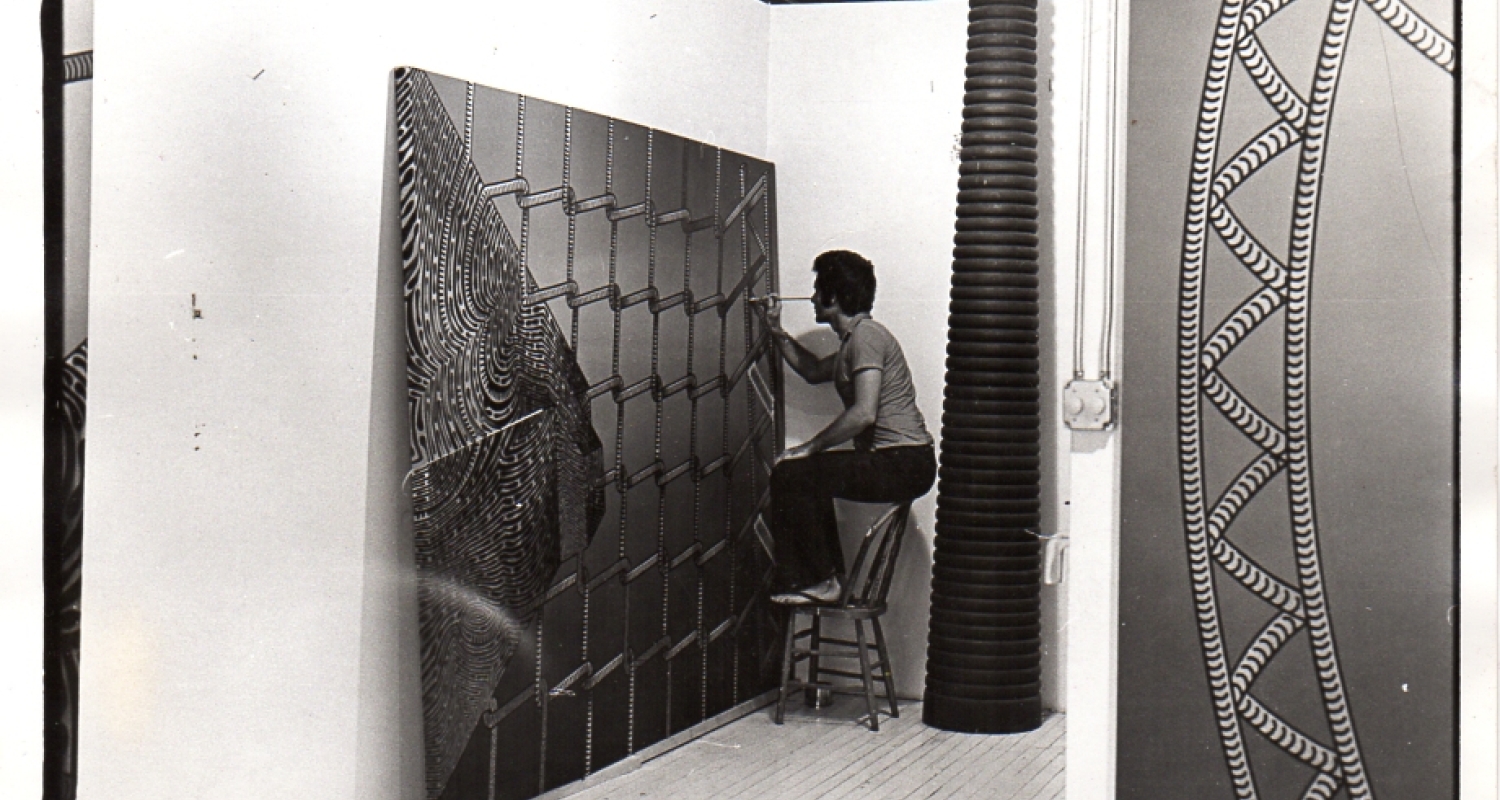
William Schwedler: Against the Grain
William Schwedler in his studio, 1971. Photo: Harry Anderson
May 16-June 30, 2023
Opening Reception Friday, May 19
Rosenwald-Wolf Gallery
The Rosenwald-Wolf Gallery of University of the Arts is pleased to present William Schwedler: Against the Grain, the first one person exhibit of the artist’s work in four decades. Against the Grain will present his paintings from early student work in Chicago through to the last year of his life in 1982. Schwedler was one of the earliest HIV victims in New York and he died on September 25, 1982, one day after the Centers for Disease Control named the associated syndrome AIDS for the first time.
Born in Chicago in 1942, Schwedler exhibited an exceptional talent in high school. He studied at the School of the Art Institute of Chicago with classmates Jim Nutt, Art Green, Gladys Nilsson, Cynthia Carlson, Karl Wirsum and others who became recognized as Chicago Imagists and graduated in 1964. The Imagists outsourced Chicago’s Monster Roster, garish pinball machine graphics, tattoos, ethnographic and vernacular information to create scatological representational Pop works as a contemporary kind of urban Surrealism. Schwedler’s paintings differed from the work of his Chicago friends by not using the human figure but rather representing inanimate objects such as chairs, curtains and tables in metaphysical situations while toning down the color. Heavily influenced by Chicago architecture, especially Mies van Der Rohe, he was mentored by A. James Speyer, who trained under the Bauhaus master before becoming a curator at the Art Institute of Chicago. Schwedler’s early landscapes are rendered in a cool metaphysical style, much like de Chirico, whose work he would have seen in the AIC collection.
After graduating in 1964, Schwedler moved to New York to study at Pratt Institute, where he received his MFA in 1966. Although many of his midwestern friends became popular under the Imagist rubric, Schwedler’s move separated him from his roots and he was considered a New York artist by his Chicago counterparts. Conversely, his eastern reputation was considered by many too regional to be of critical consequence. This however did not affect his continued museum exhibitions or gallery sales.
The year after graduating from Pratt, Schwedler’s New York debut took place in a three person exhibit with Carlson and William T. Wiley at the prestigious Allan Frumkin Gallery. At the same time, he was teaching at Tyler School of Art and exhibiting locally at Tyler, Penn State, Moore College of Art and the Pennsylvania Academy of the Fine Arts. He was represented in four Whitney exhibits and widely shown for two decades; at the ICA and AJ Wood Gallery in Philadelphia, University of Rhode Island, Rhode Island School of Art, Museum of Modern Art, Storm King Art Center, Kornblee Gallery, Andrew Crispo Gallery and Alessandra Gallery, Tibor De Nagy Gallery in New York, Henri and Osuna Galleries in Washington D.C., Phyllis Kind and the Museum of Contemporary Art in Chicago, Gertrude Kasle Gallery in Michigan and Darthea Speyer Gallery in Paris.
As the 1960s progressed, Schwedler’s work became larger and wildly surreal, influenced by underground comics, H.C. Westermann, and his own idiosyncratic love of pottery collecting and close observation of ceramic glaze surfaces and coloration. Schwedler was a master colorist with subtle atmospheric graduations produced by hand or through the use of spray. He experimented with shaped canvases. An artist of his time, he was also inspired by MAD Magazine, the earthworks of Robert Smithson and the Nazca Lines in South America. These diverse interests pushed Schwedler to develop even more personal eccentric imagery which merged abstraction with the keen sense of surface decoration of the P & D painters of the late 1970s. His last major exhibition was curated by Alanna Heiss for the Clocktower on Leonard Street in lower Manhattan, a venue which later became affiliated with the Museum of Modern Art as P.S. 1.
Schwedler’s works are in many public and private collections including Yale University, Hirshhorn Museum, Ringling Museum, Art Institute of Chicago, Des Moines Art Center, New Orleans Museum of Art, Massachusetts Institute of Art, The Whitney Museum of American Art, Western Michigan University, Akron Art Institute, Oklahoma Art Center, Philadelphia Museum of Art, Pennsylvania State University and Rhode Island School of Art.
After a posthumous exhibit at Tibor de Nagy, his estate was distributed among friends and Schwedler’s work was never assembled again until this current exhibition. Schwedler was shown at the Rosenwald-Wolf Gallery in 2003 in The Other Tradition: Alternative Representations and Eccentric Abstraction in Philadelphia, and again in 2020 when he was represented by one canvas in the exhibition Invisible City. A forthcoming illustrated published volume will be the largest catalog on the artist and the first in four decades.
Our exhibitions are free and open to the public.
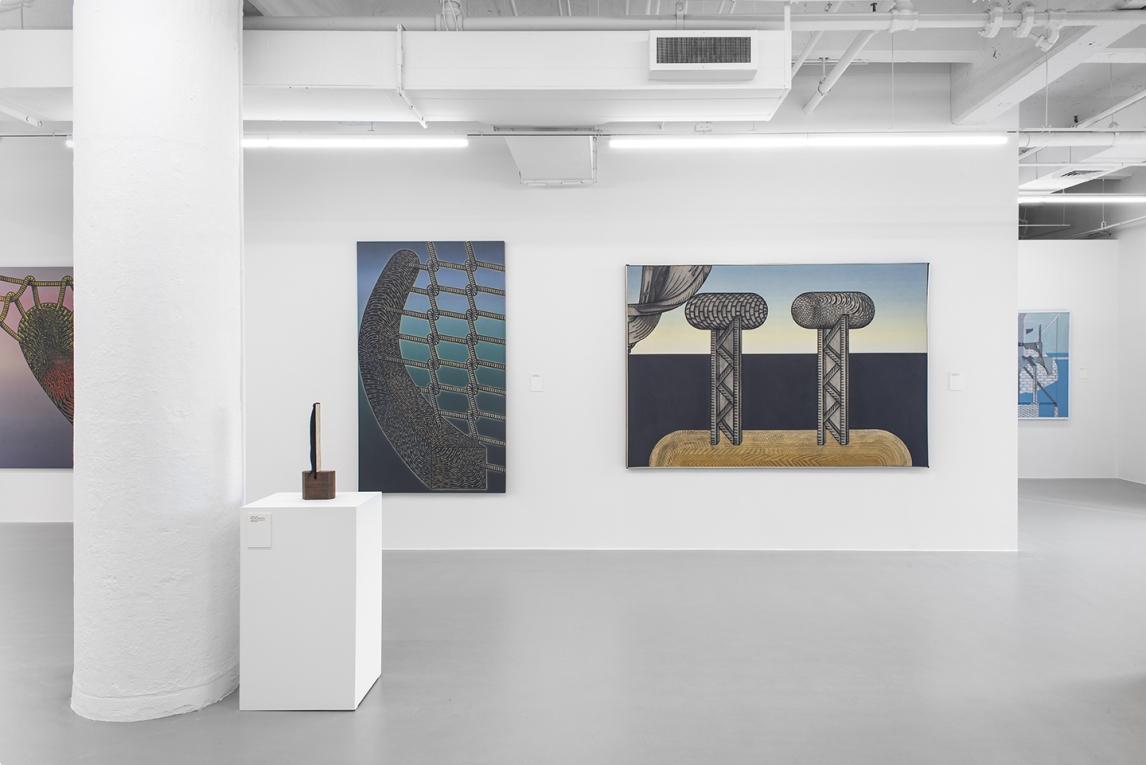
Credit: Neighboring States
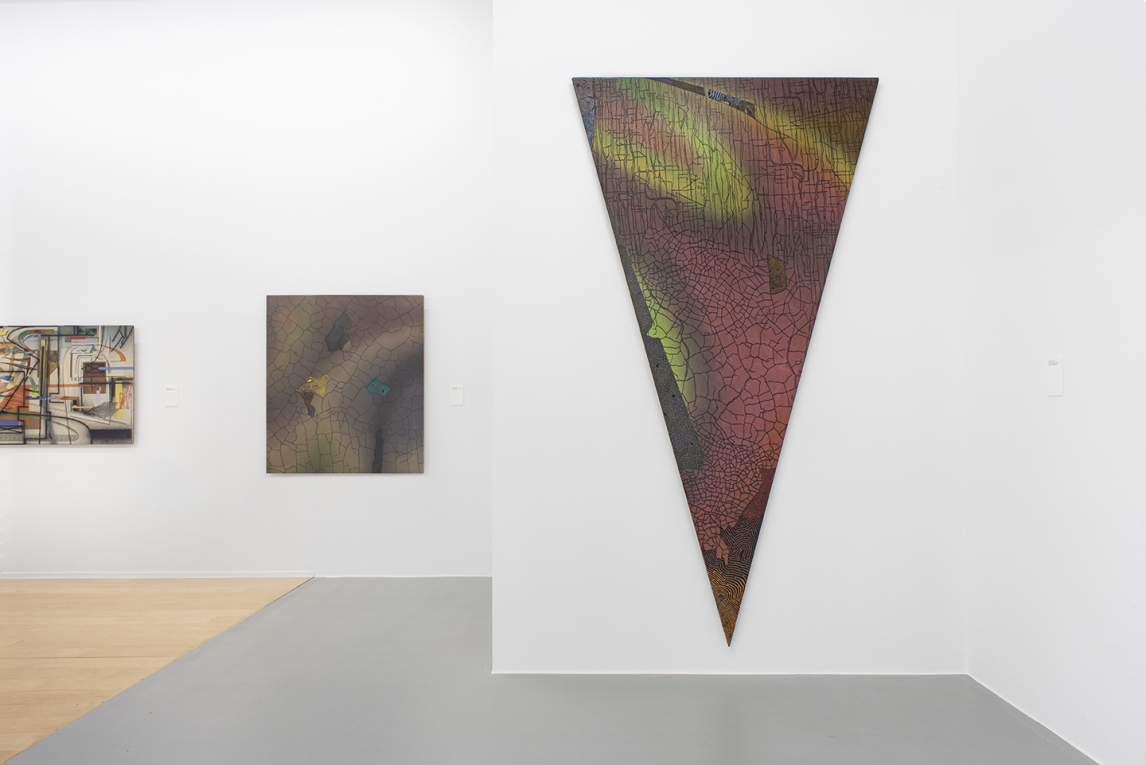
Credit: Neighboring States
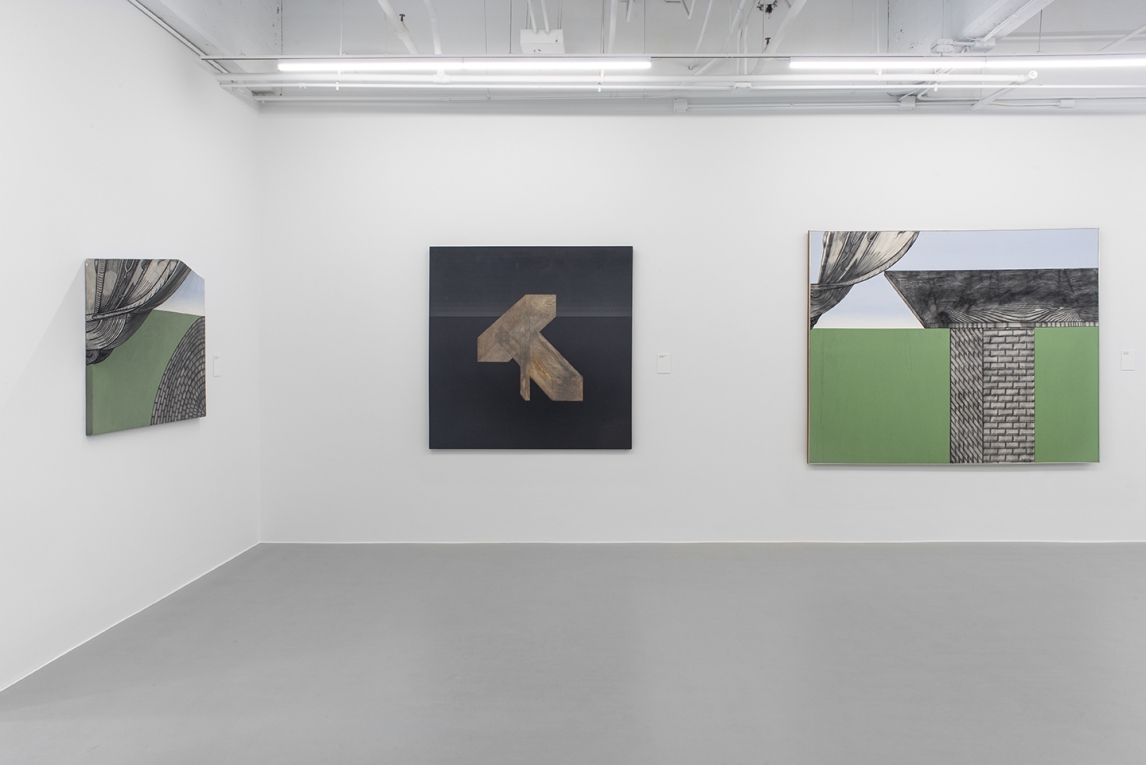
Credit: Neighboring States
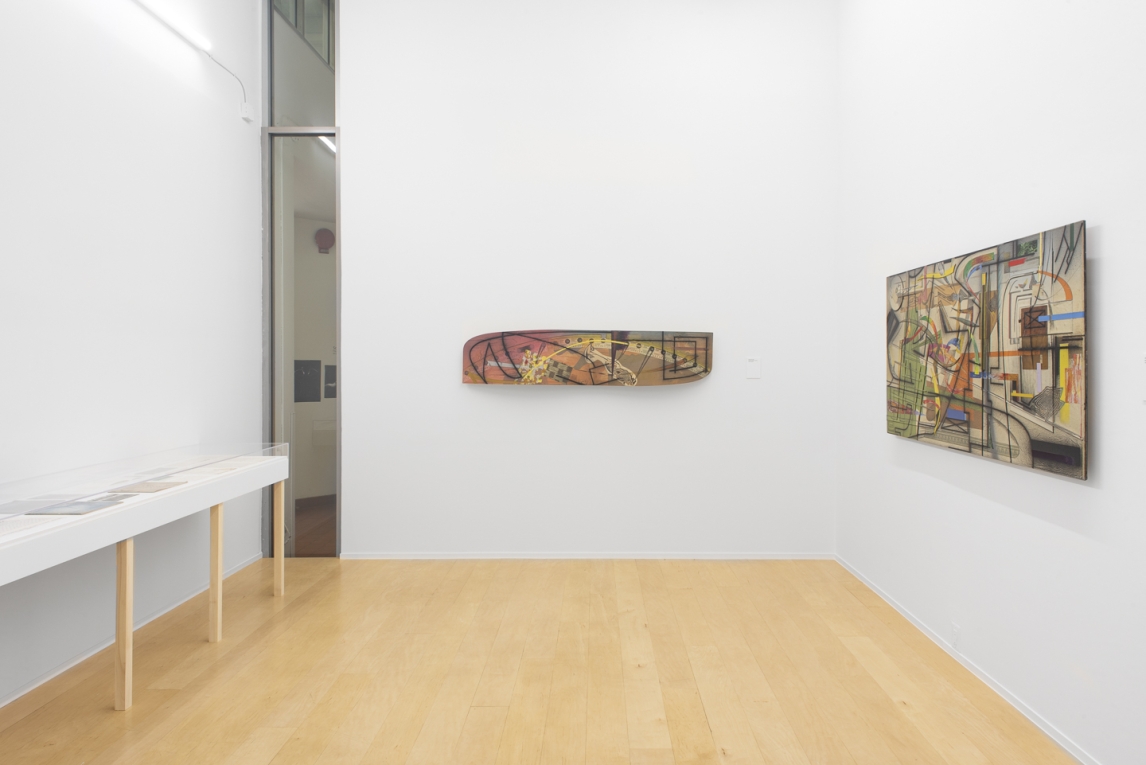
Credit: Neighboring States
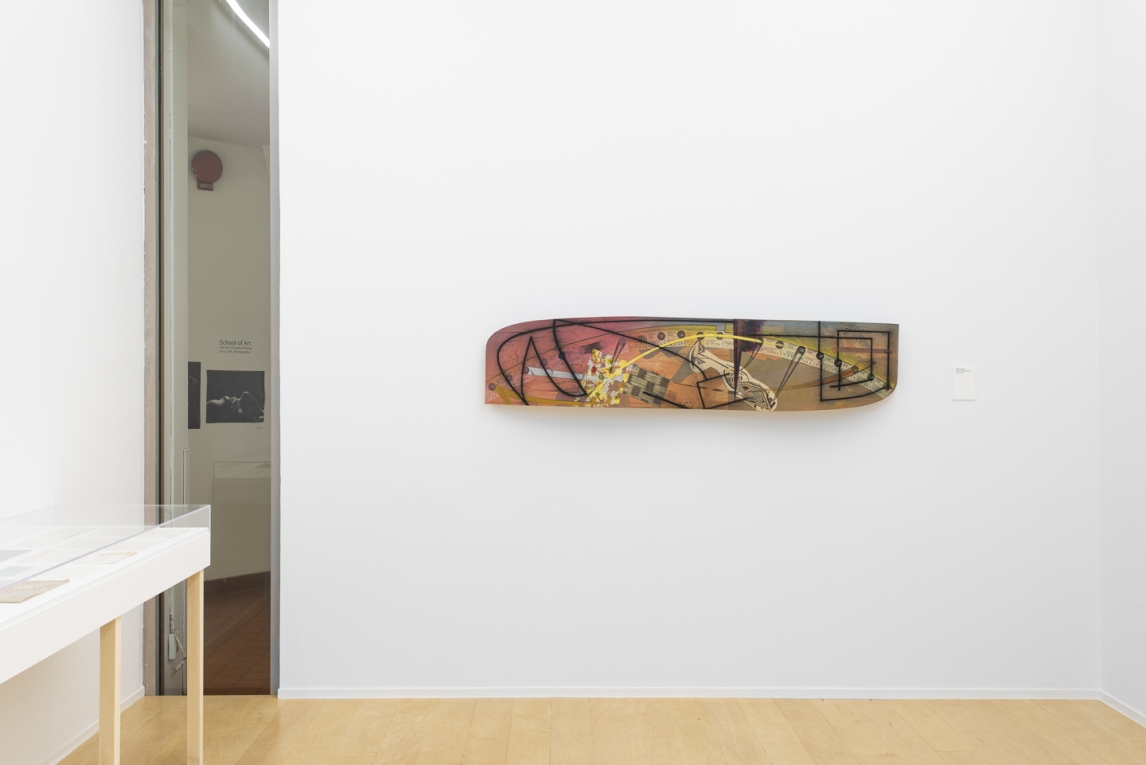
Credit: Neighboring States
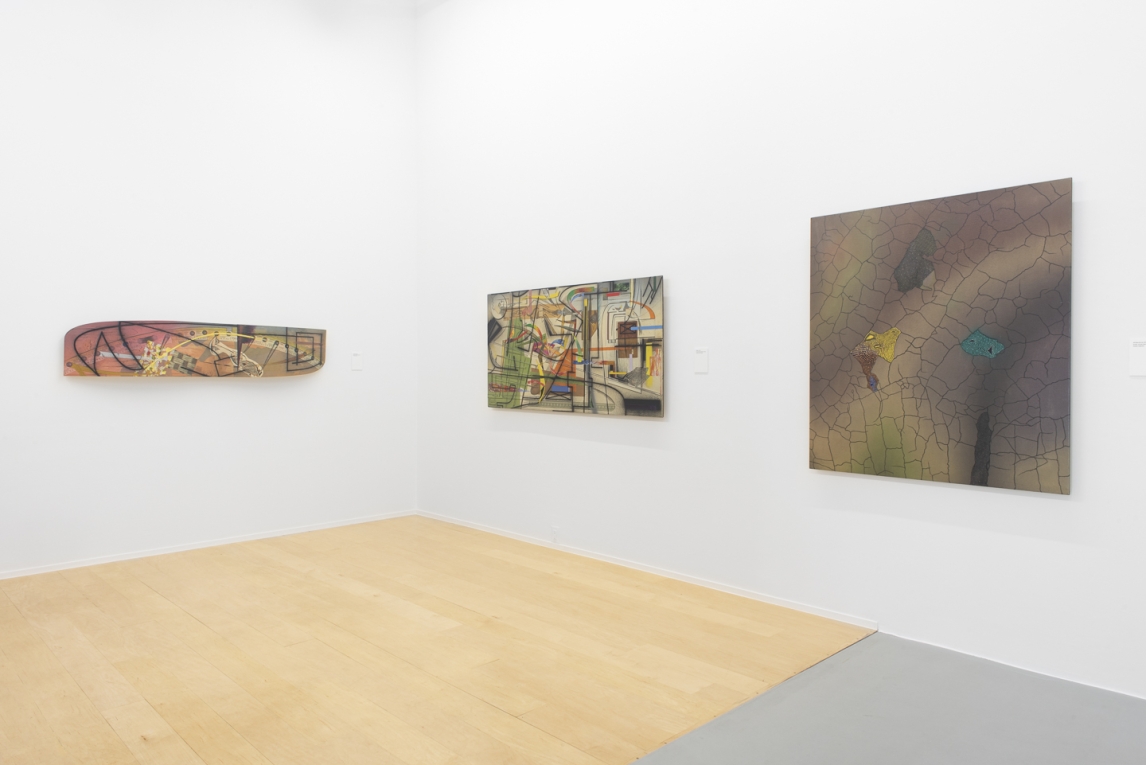
Credit: Neighboring States
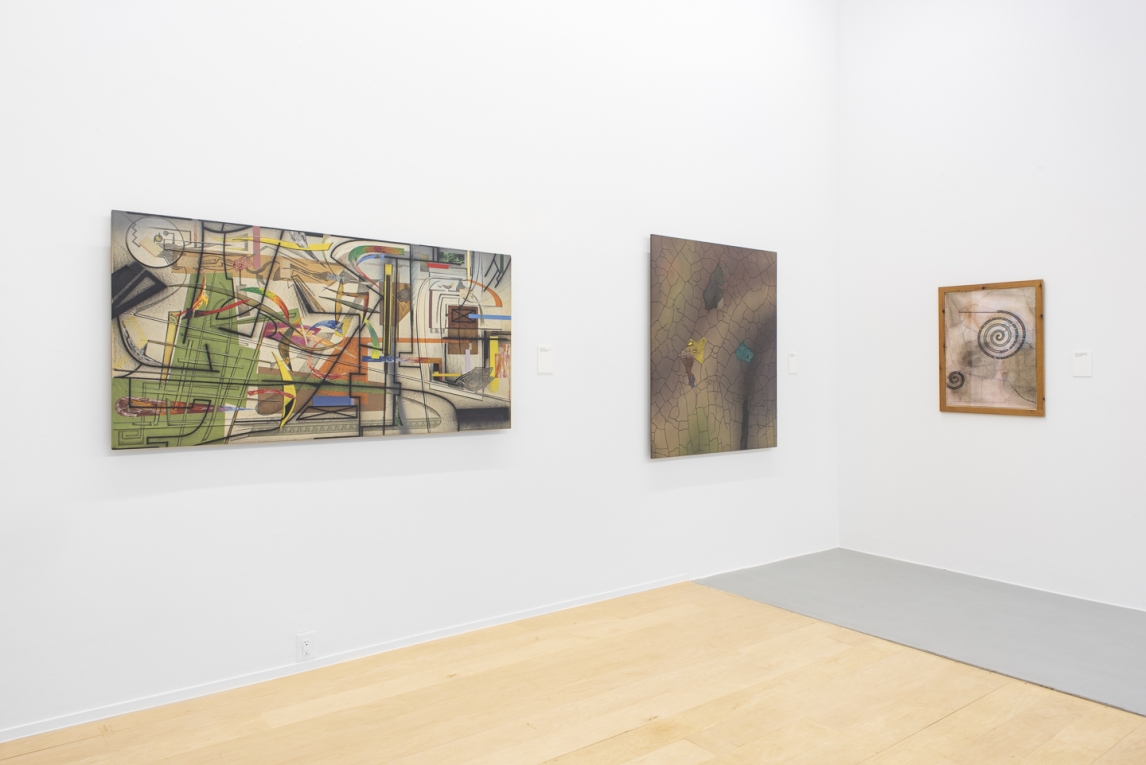
Credit: Neighboring States
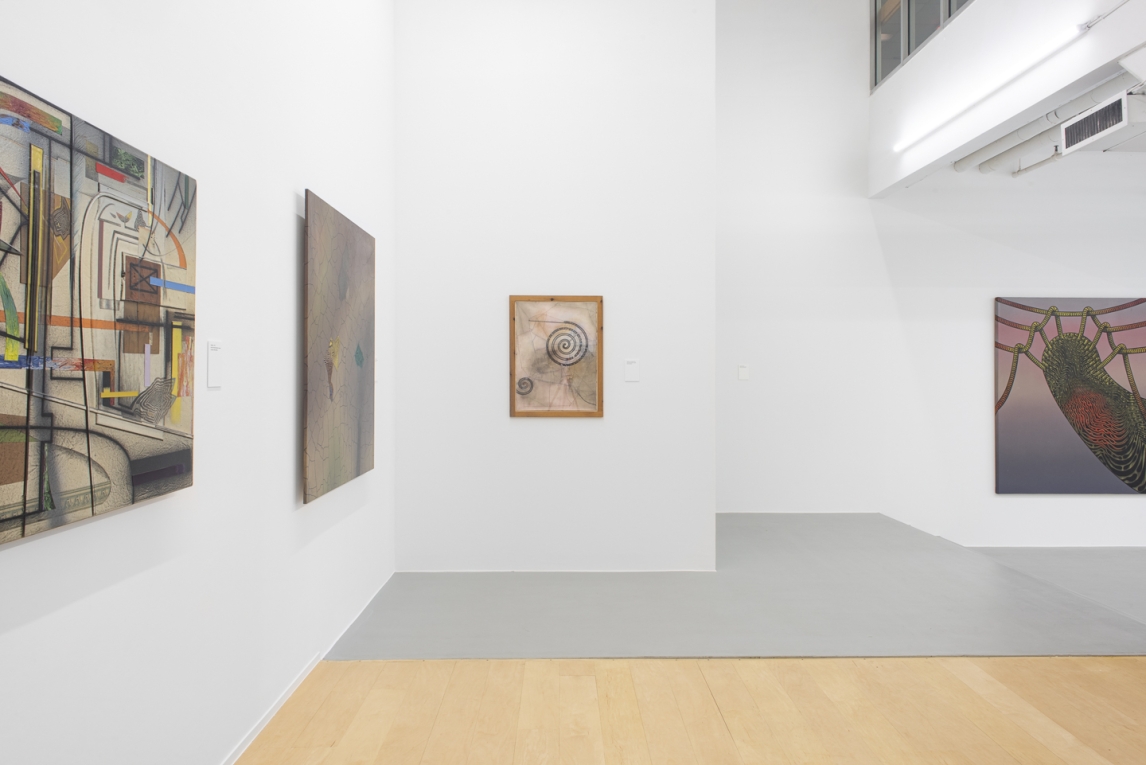
Credit: Neighboring States
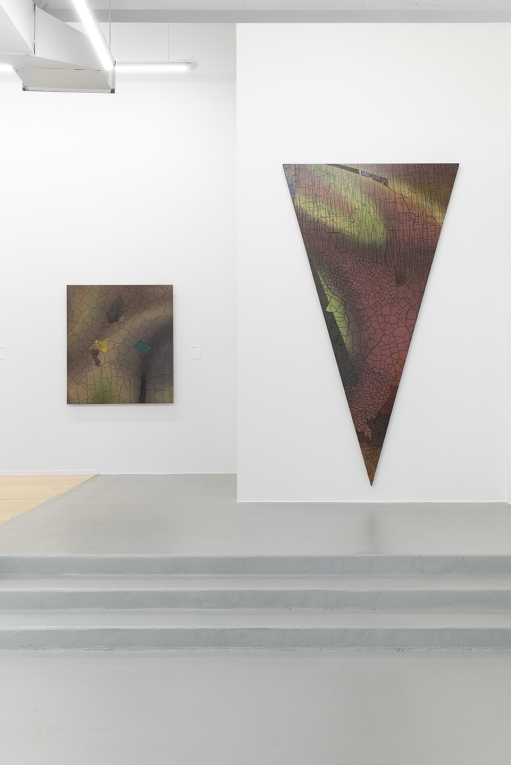
Credit: Neighboring States
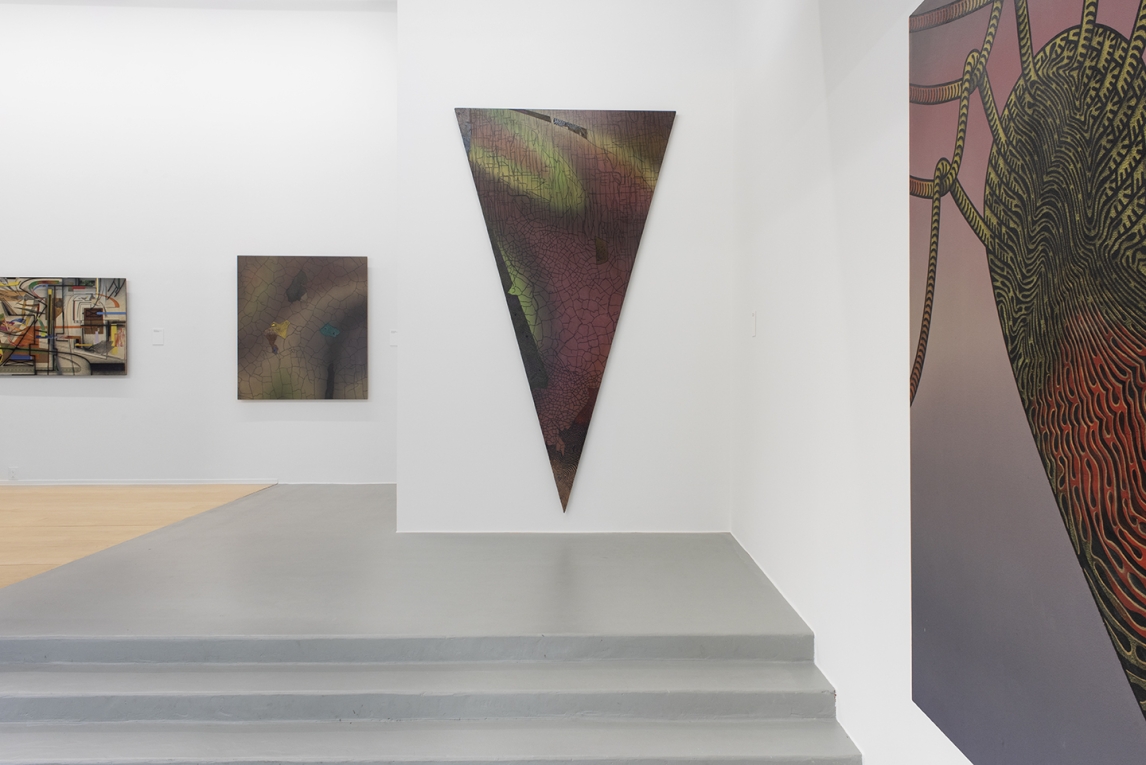
Credit: Neighboring States
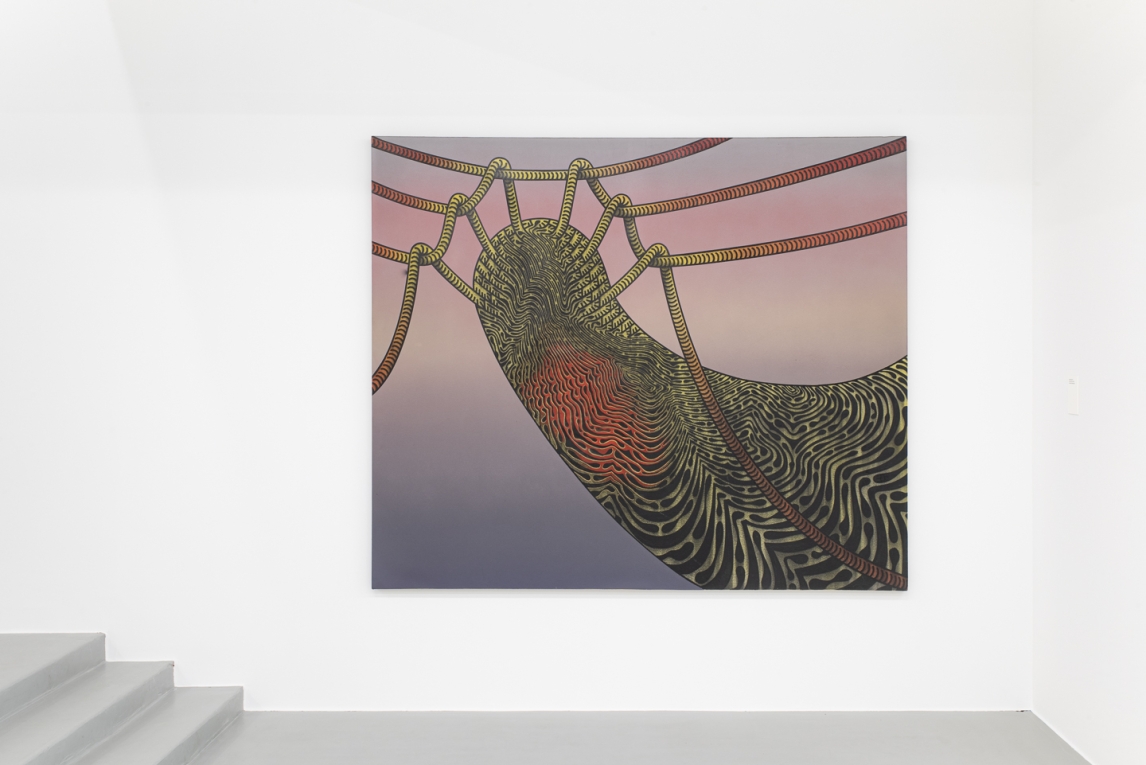
Credit: Neighboring States
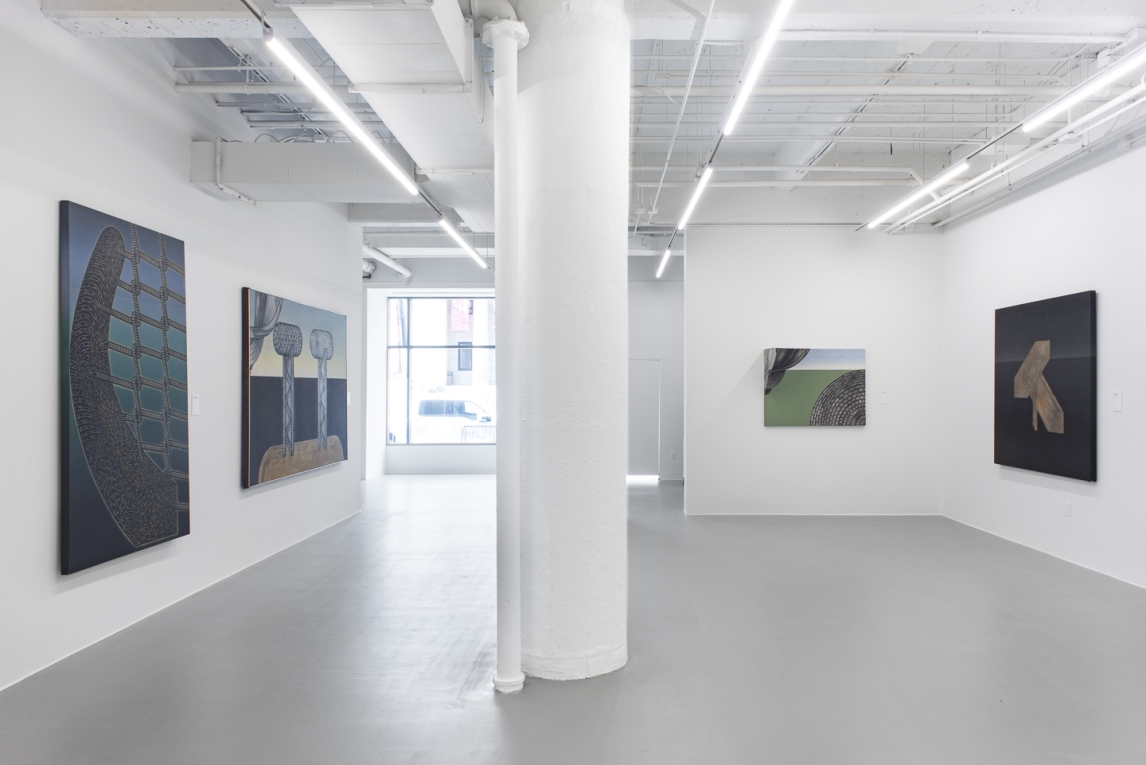
Credit: Neighboring States
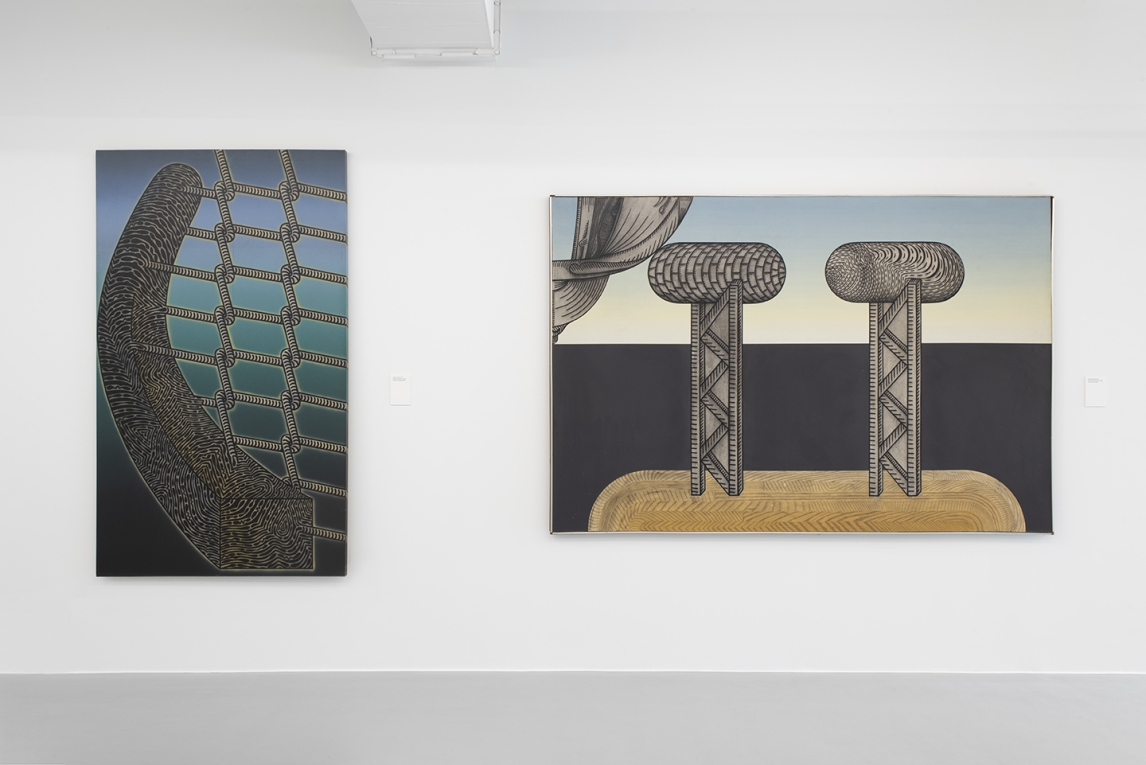
Credit: Neighboring States
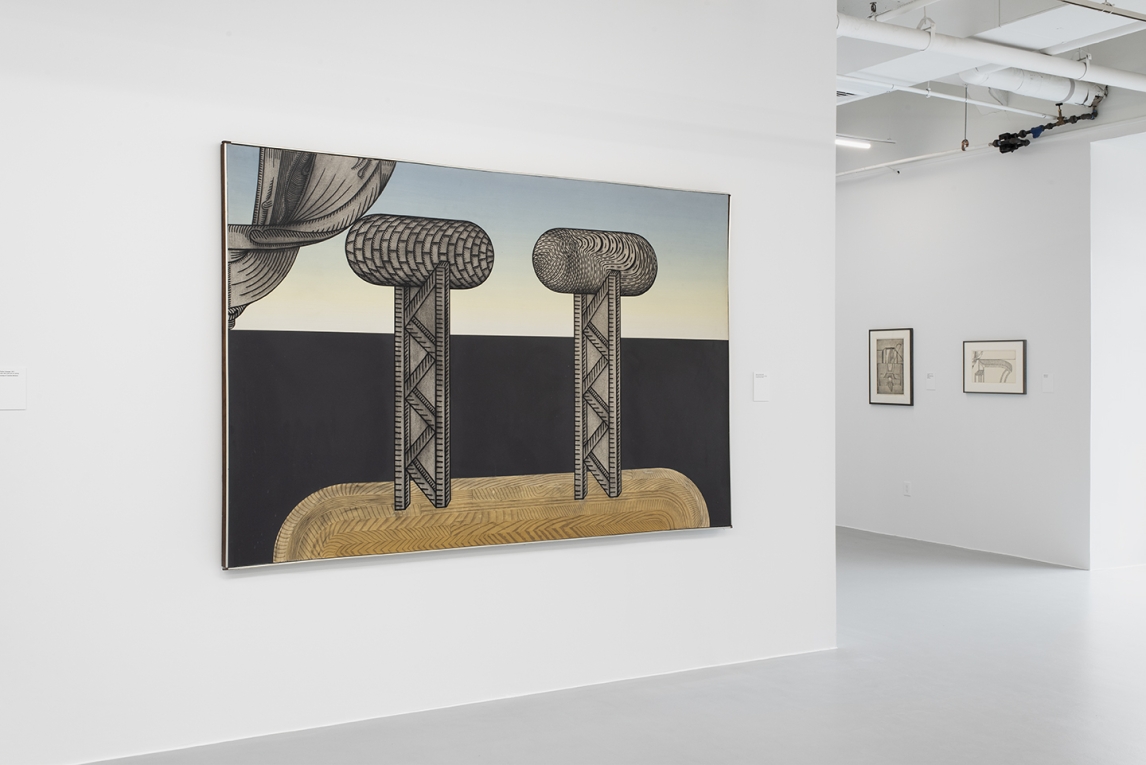
Credit: Neighboring States
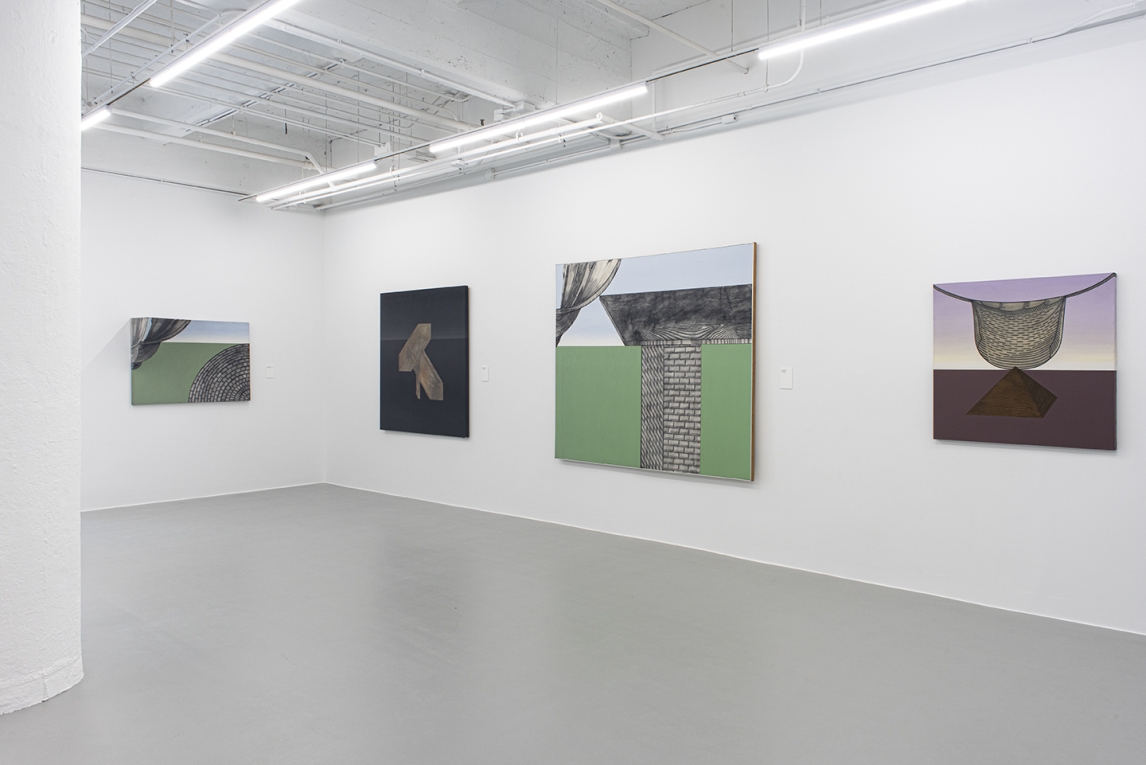
Credit: Neighboring States
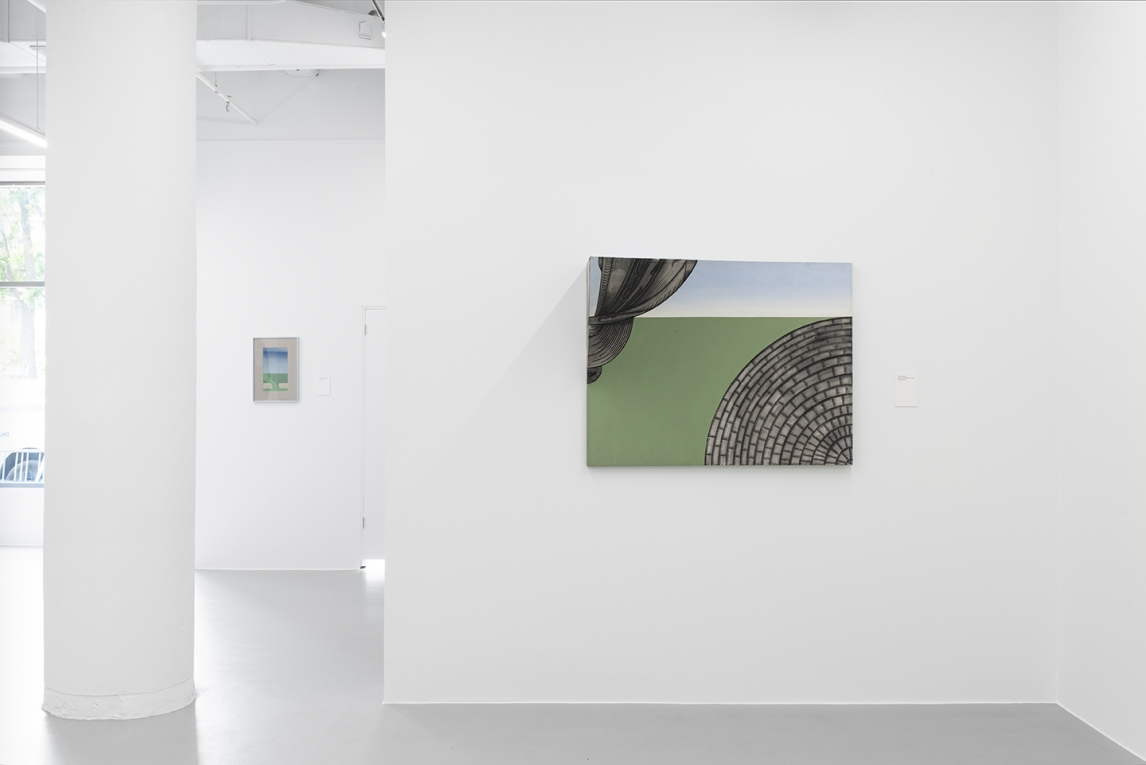
Credit: Neighboring States
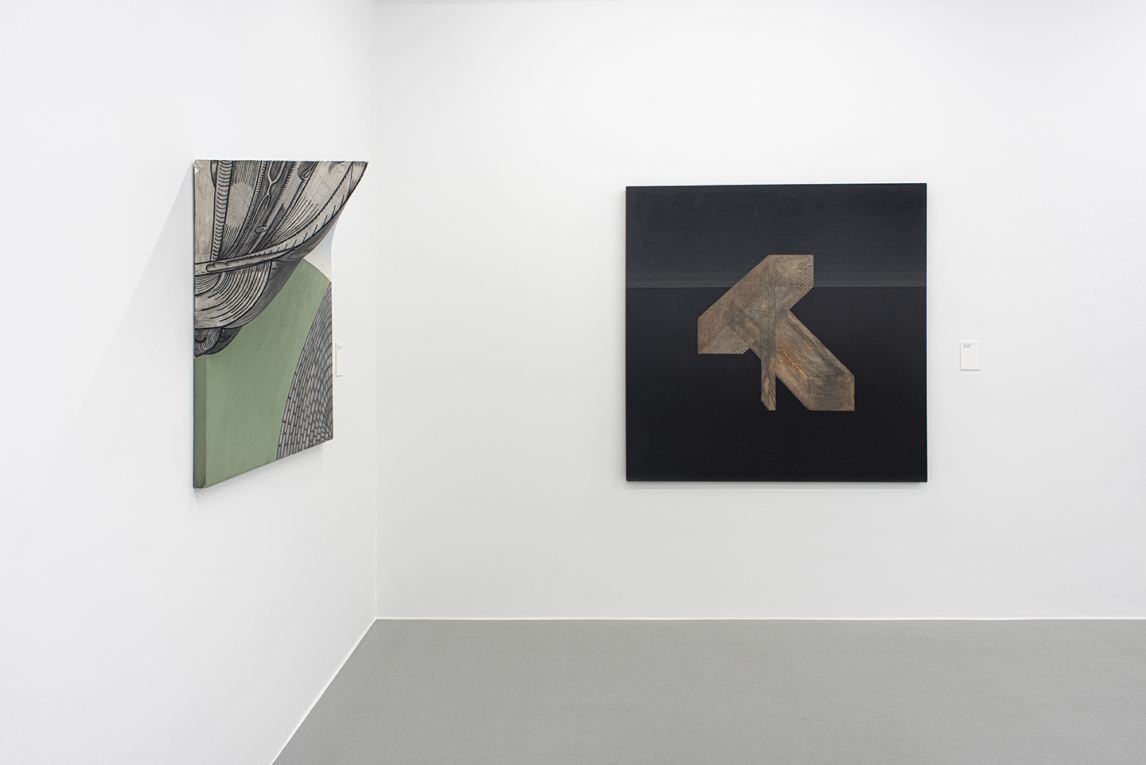
Credit: Neighboring States
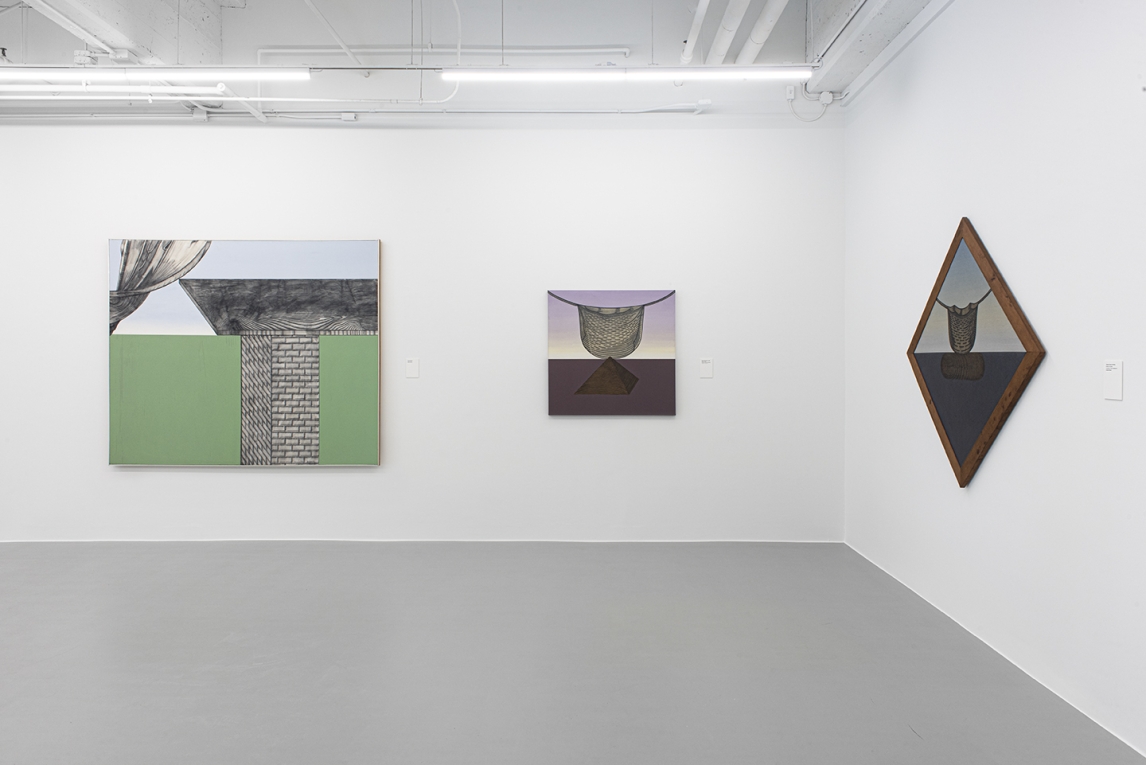
Credit: Neighboring States
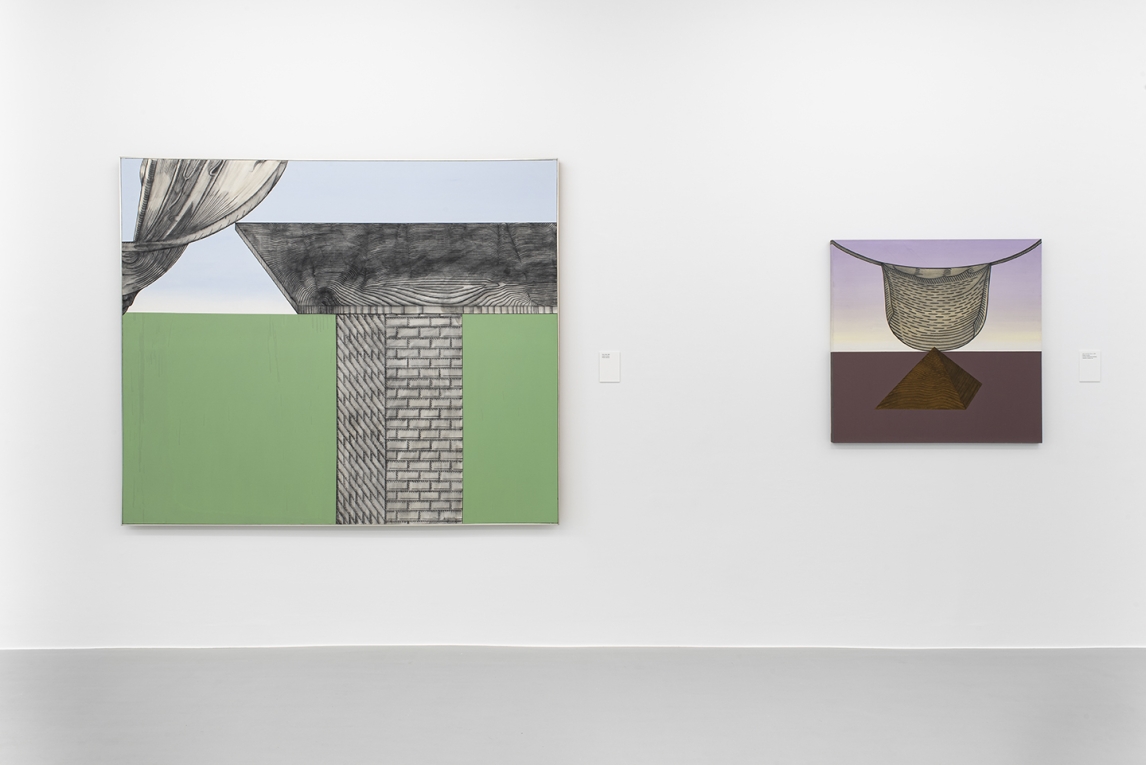
Credit: Neighboring States
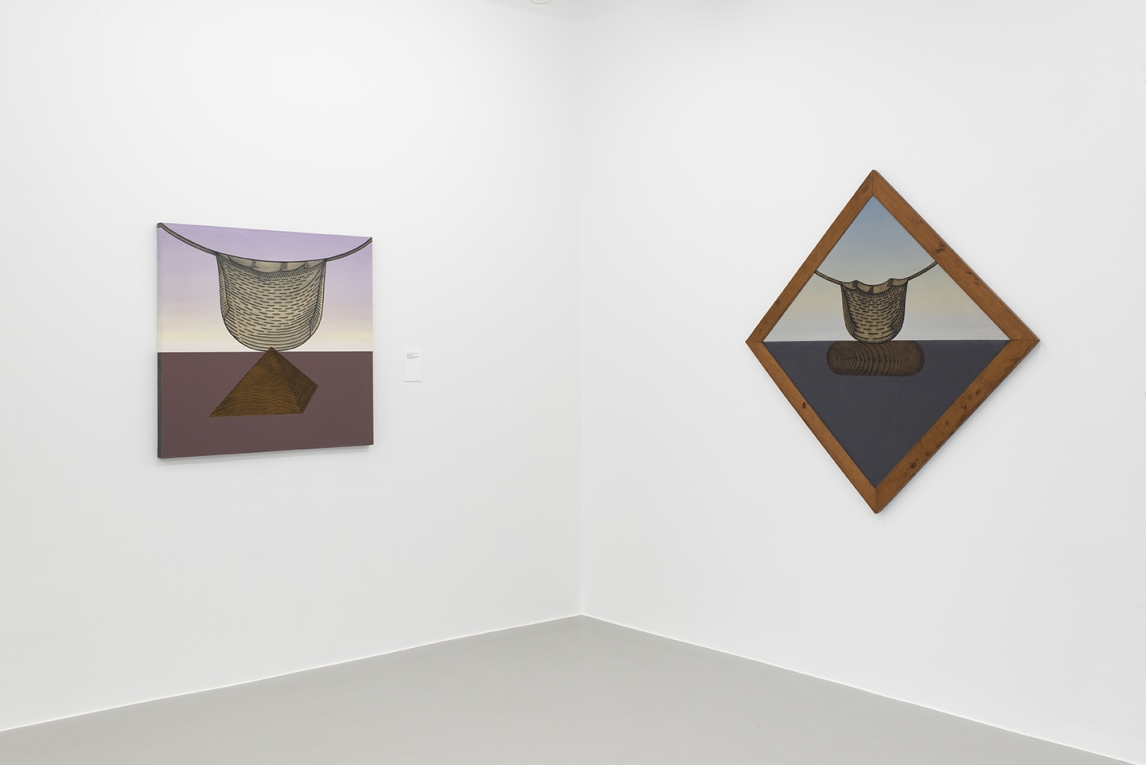
Credit: Neighboring States
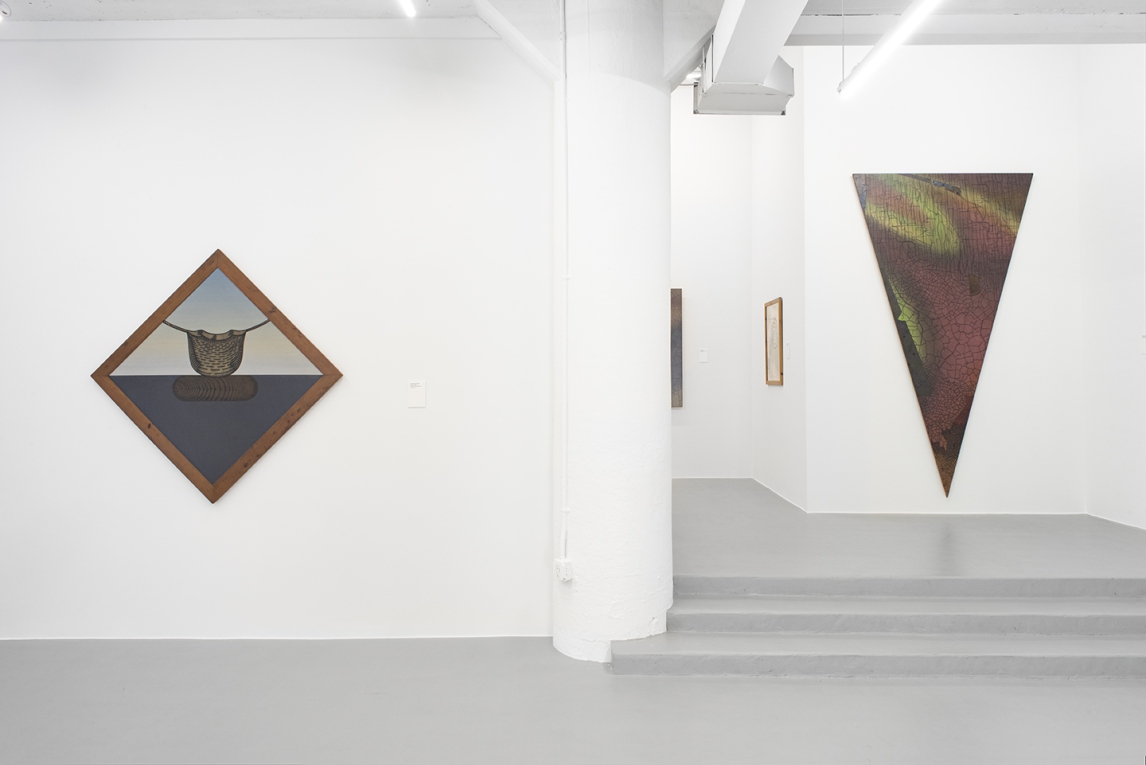
Credit: Neighboring States
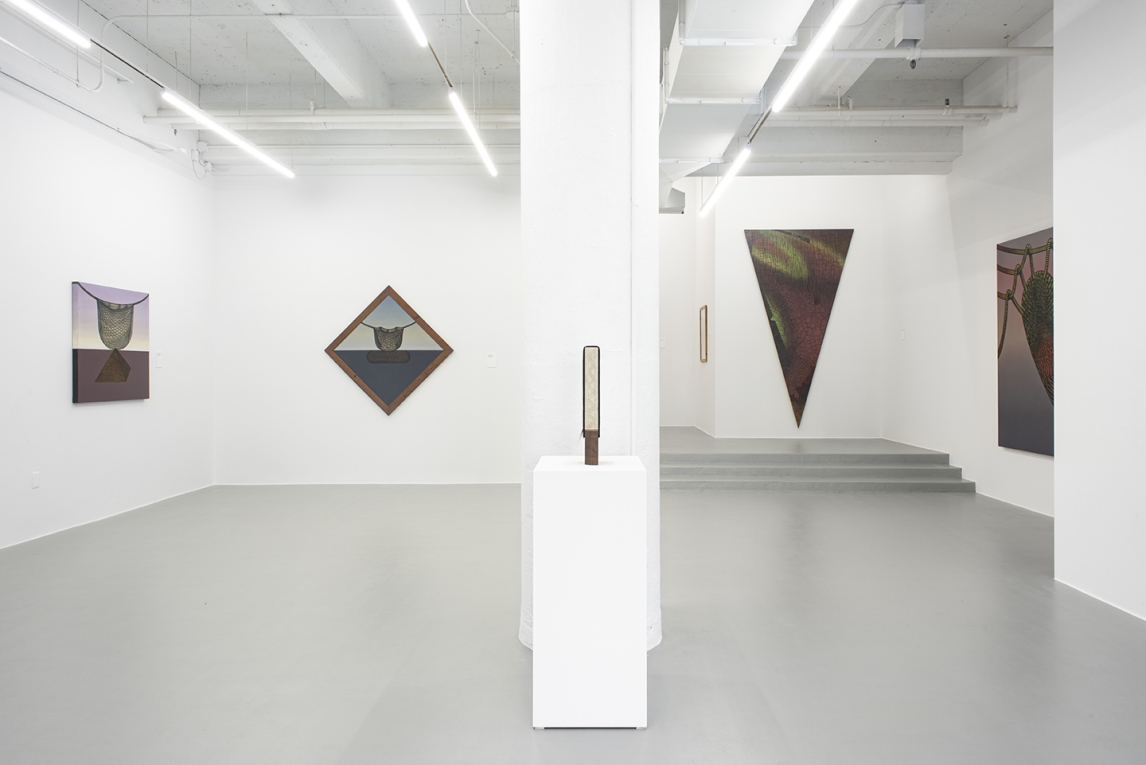
Credit: Neighboring States
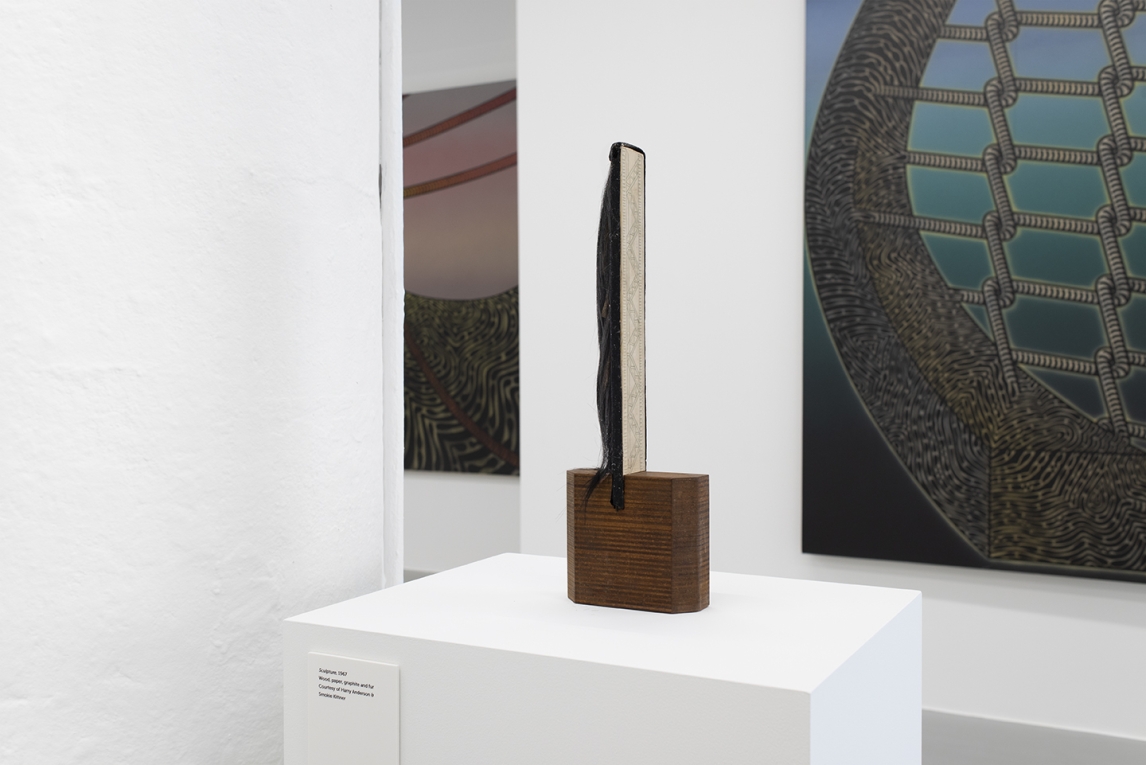
Credit: Neighboring States
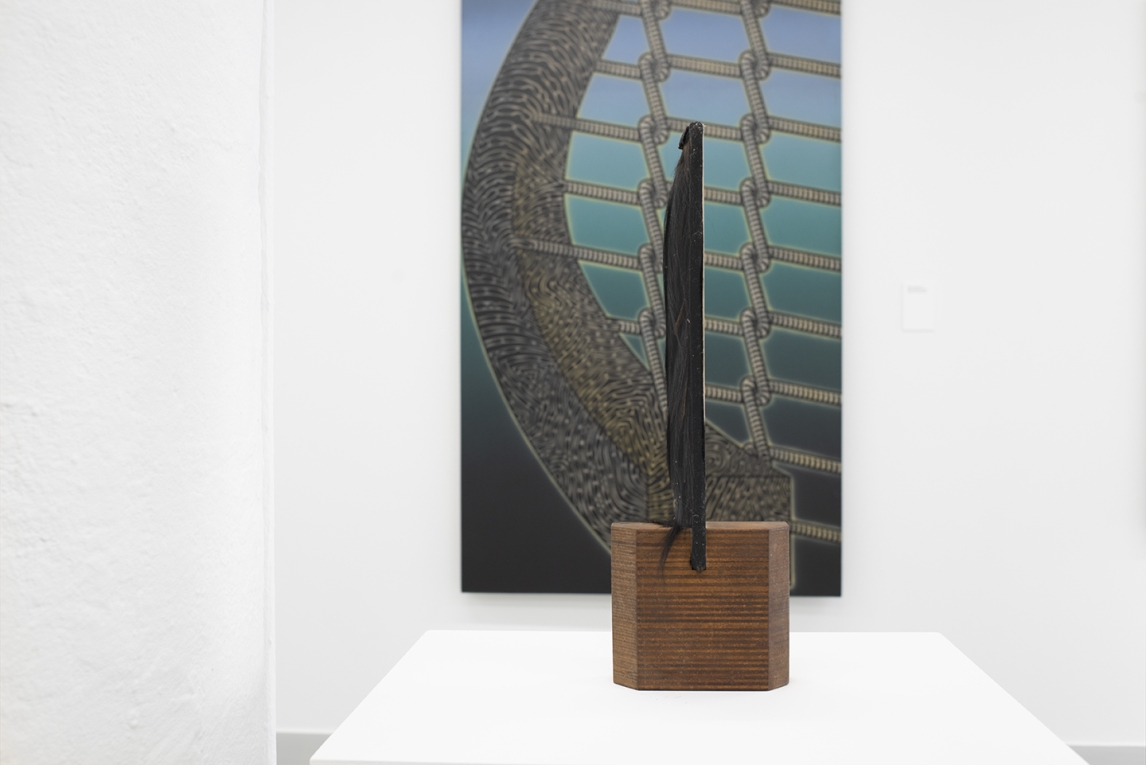
Credit: Neighboring States
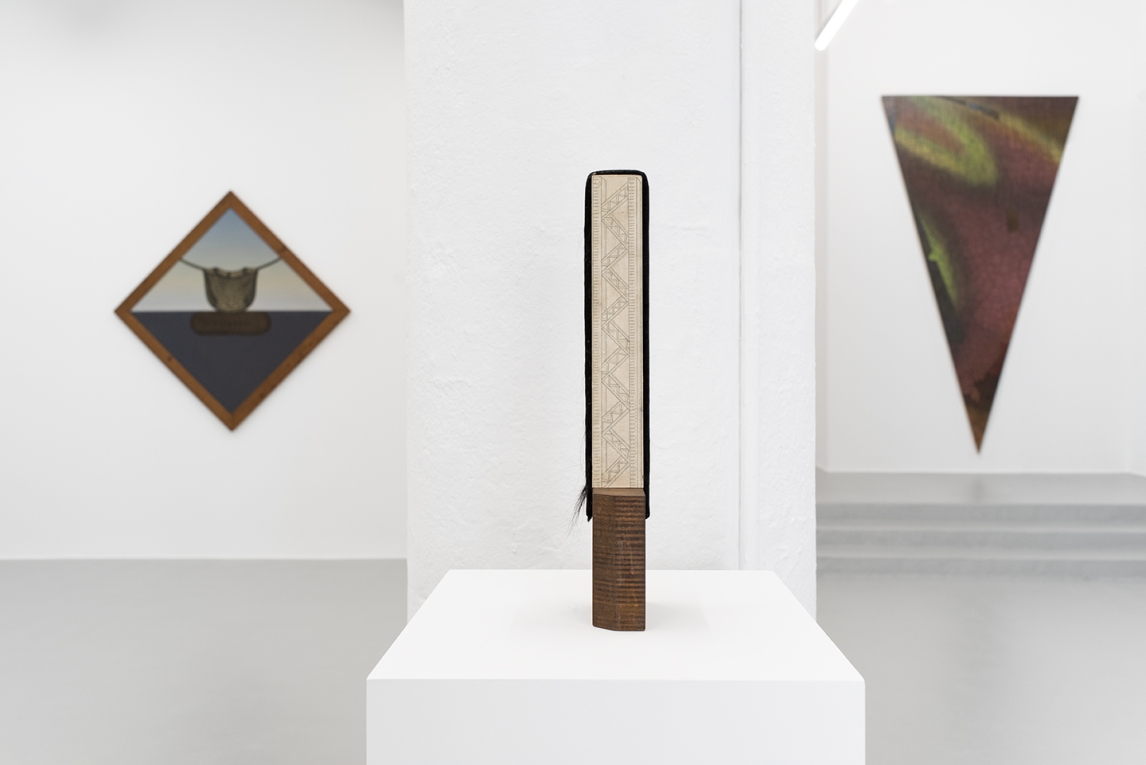
Credit: Neighboring States
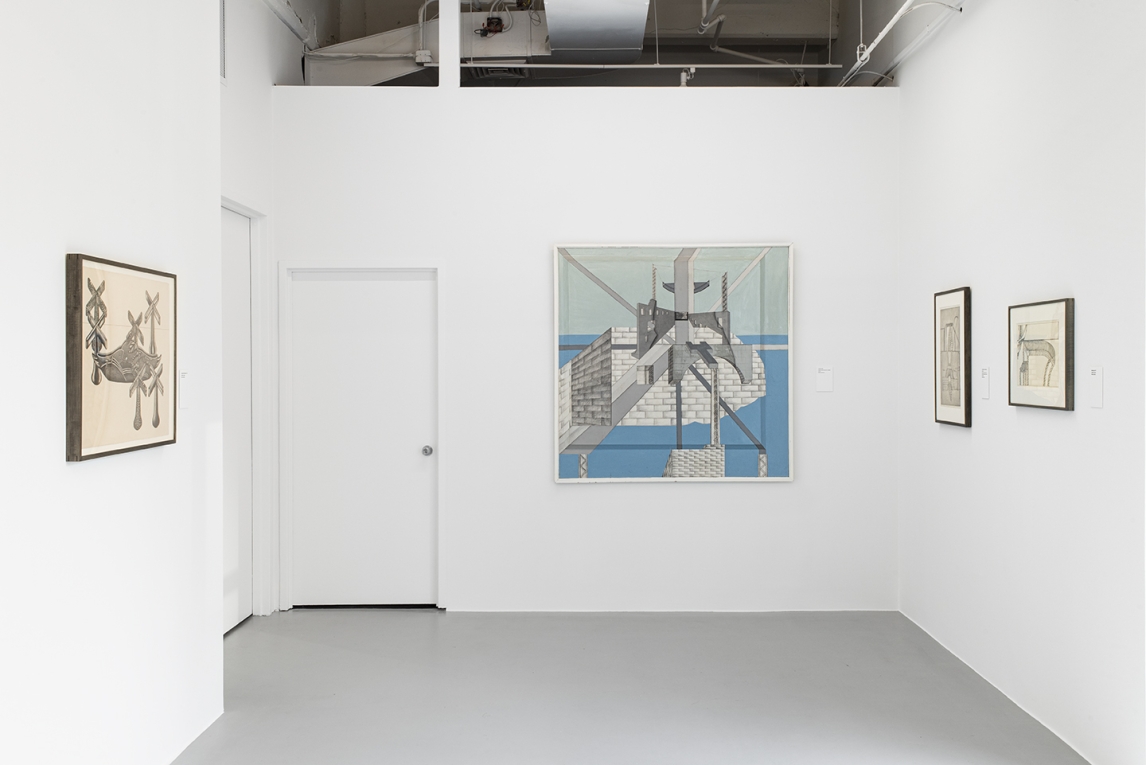
Credit: Neighboring States
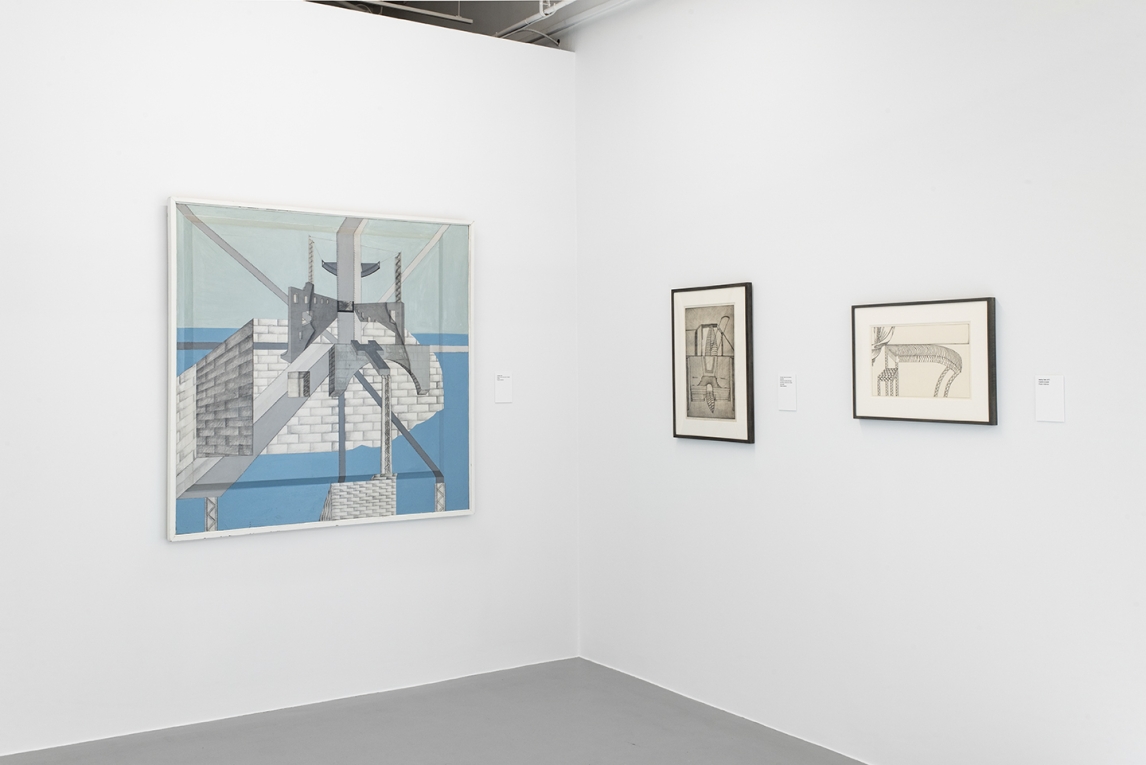
Credit: Neighboring States
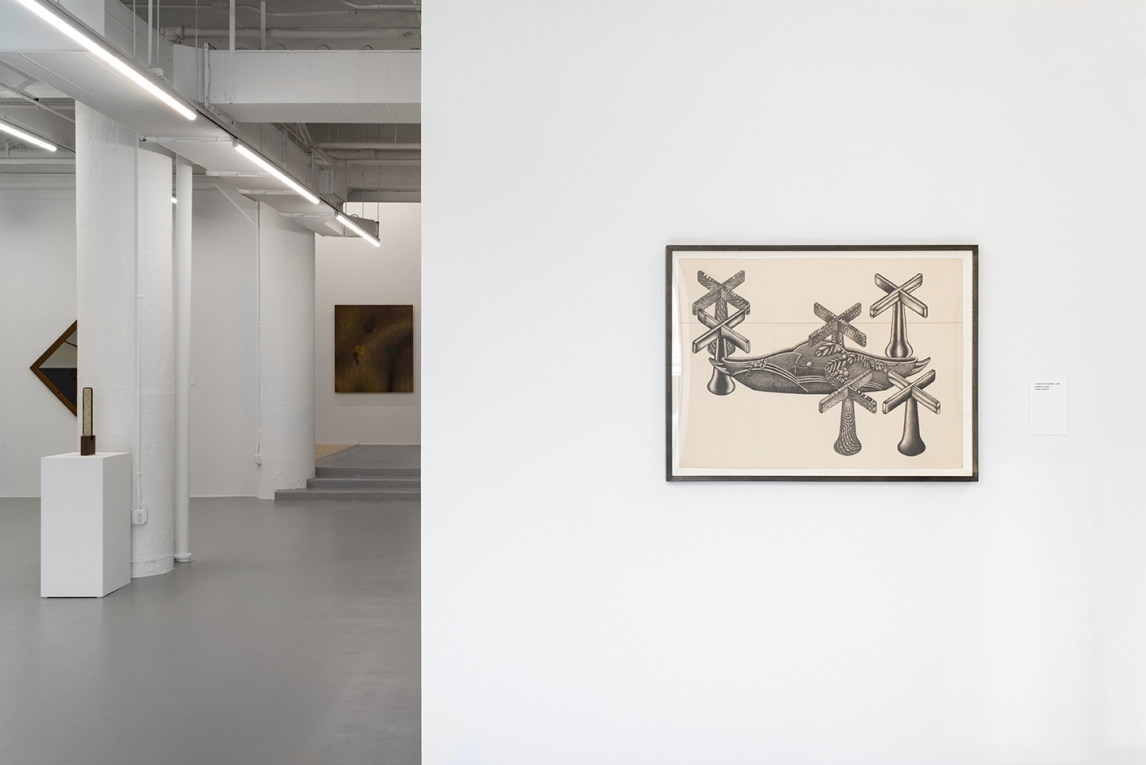
Credit: Neighboring States
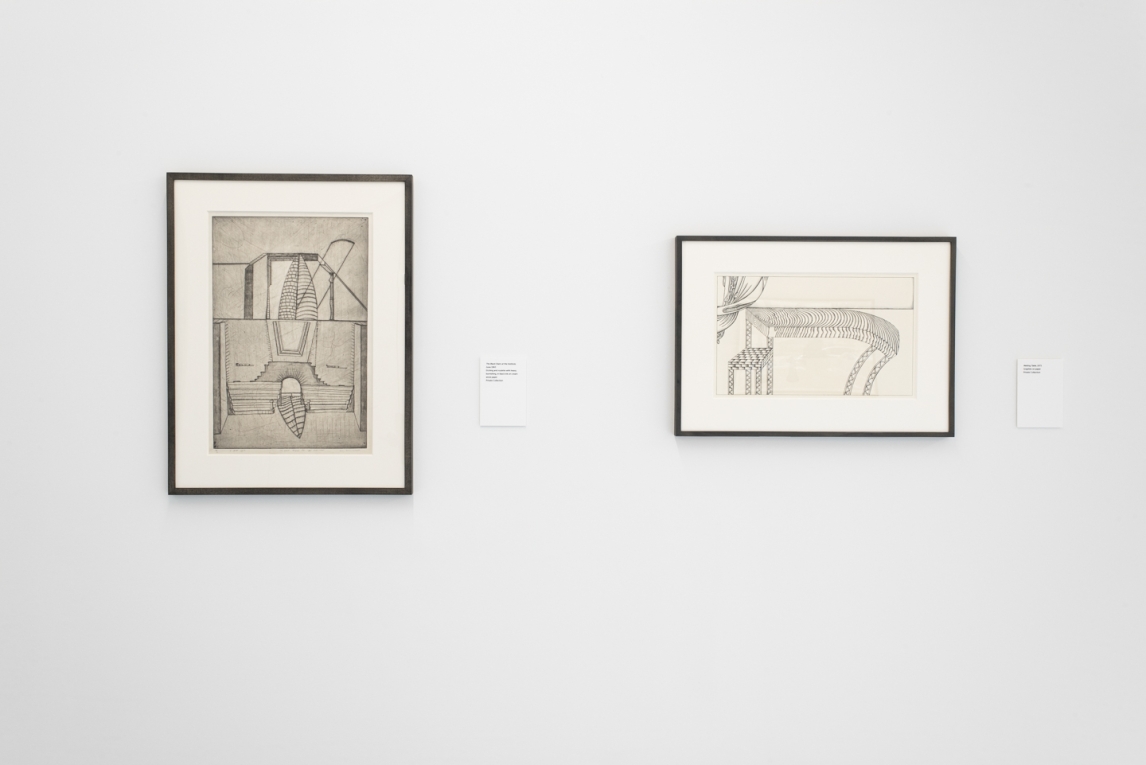
Credit: Neighboring States
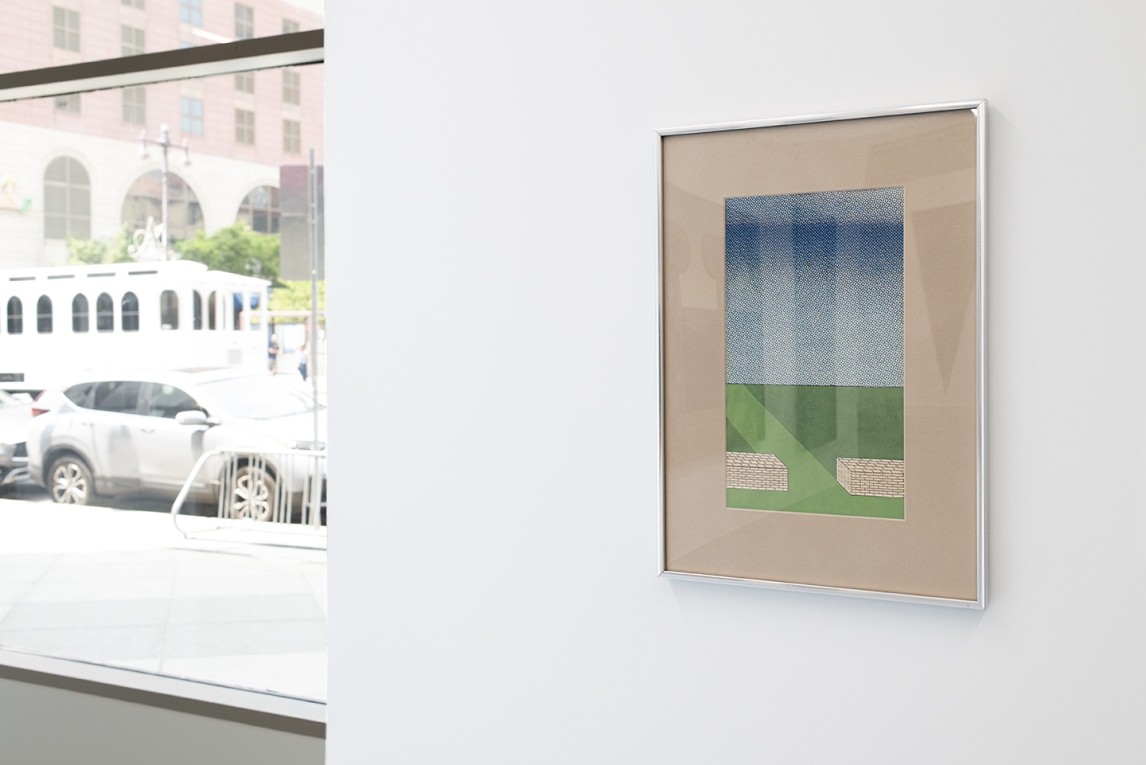
Credit: Neighboring States






























